-
When you click on links to various merchants on this site and make a purchase, this can result in this site earning a commission. Affiliate programs and affiliations include, but are not limited to, the eBay Partner Network.
-
Posts
9,657 -
Joined
-
Last visited
Content Type
Forums
CGC Journals
Gallery
Events
Store
Posts posted by Hepcat
-
-
Greggy:
But why are you keeping such beautiful comics imprisoned in plastic tombs? I mean what's with that? I thought you liked comics? Am I wrong?

Me I like my comics the same as I like my women, raw and free to breathe. For example:
_Adventure_416.png)
_Adventure_416_bNDXogyK8v5RCbZznGsrQk.png)

- southern cross and hchill25
-
 2
2
-
So is there a reliable way to detect pressing? Other than the comic looks "flattened" as opposed to naturally "puffy"?

-
Lana Lang I'd say was even hotter as an adult than she was as a teen:
 (Silver's copy.)
(Silver's copy.)
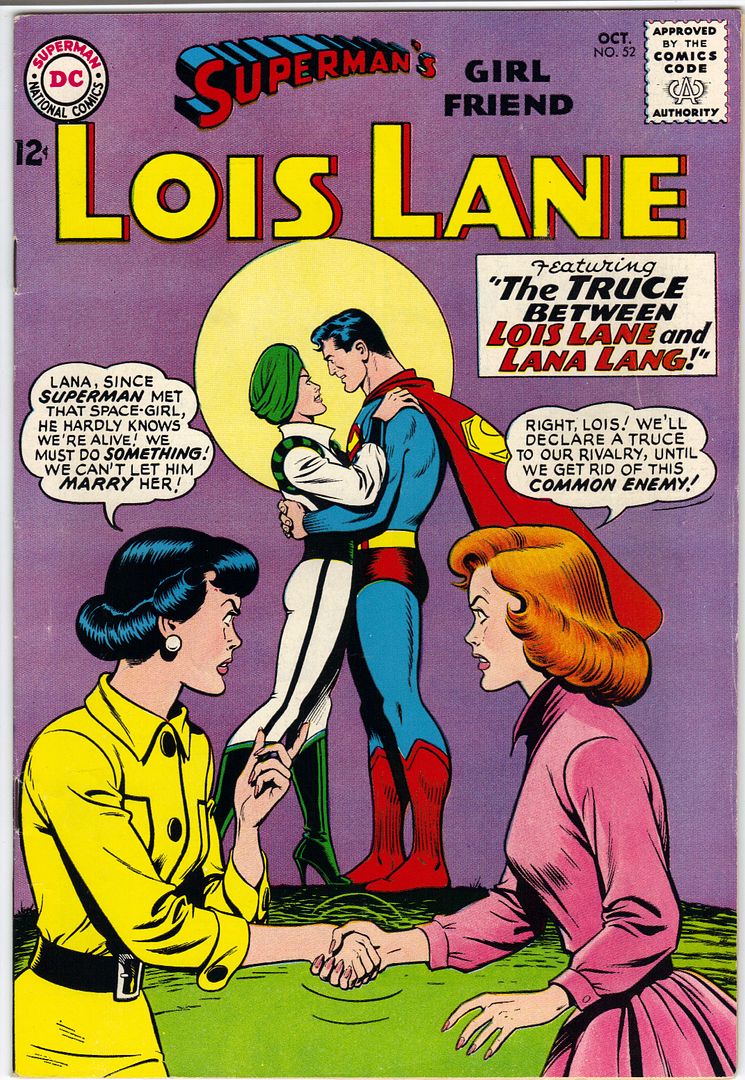

-
On 4/28/2024 at 7:49 PM, Sauce Dog said:
Reputation is all that is needed. There are plenty of places in Toronto I AVOID going to because of how poorly they handle books....
To whom do you go in Toronto?

-
Oh that #13 Superman 252 is high up on my Want List because it has such a fabulous cover!

-
From Lava Creature to Volcano Man!
 (Silver's copy.)
(Silver's copy.)
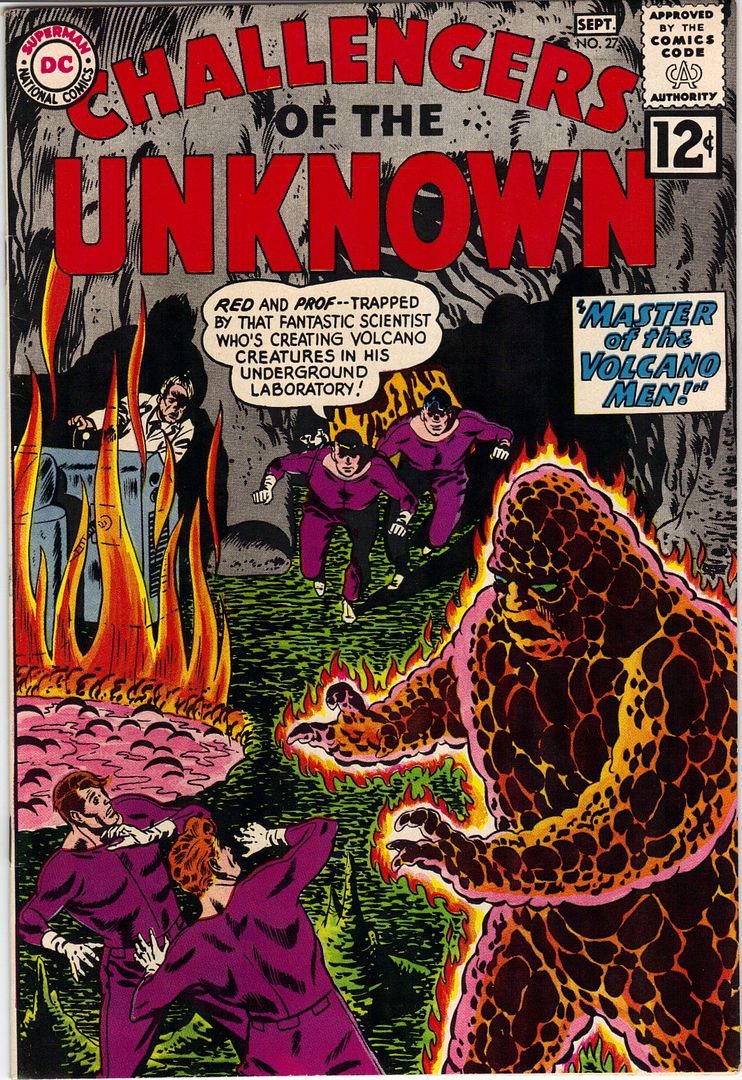

-
To another superhero in an anthology title from a smaller publisher:
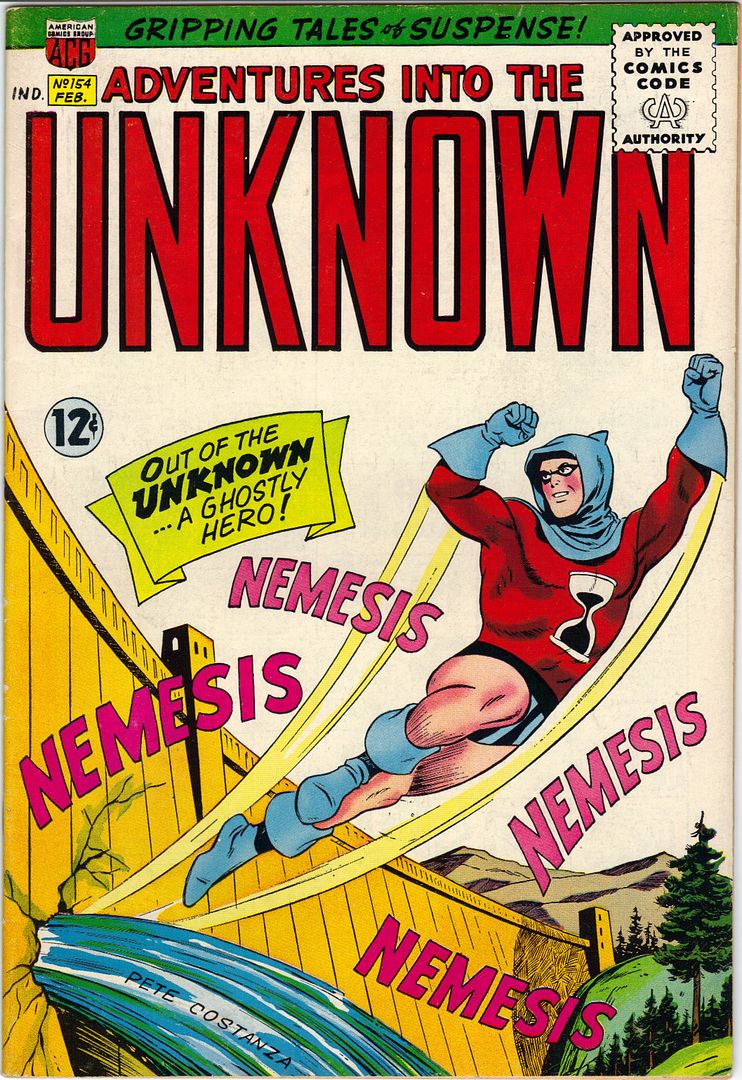

-
- Popular Post
- Popular Post
-
Huh? Who's this Nicolas Cage?

-
-
- Popular Post
- Popular Post
Great cover art on this title:
13

14

15

16

17


- buttock, adamstrange, Jayman and 3 others
-
 6
6
-
Here be some cross breeds:
Creepy 2

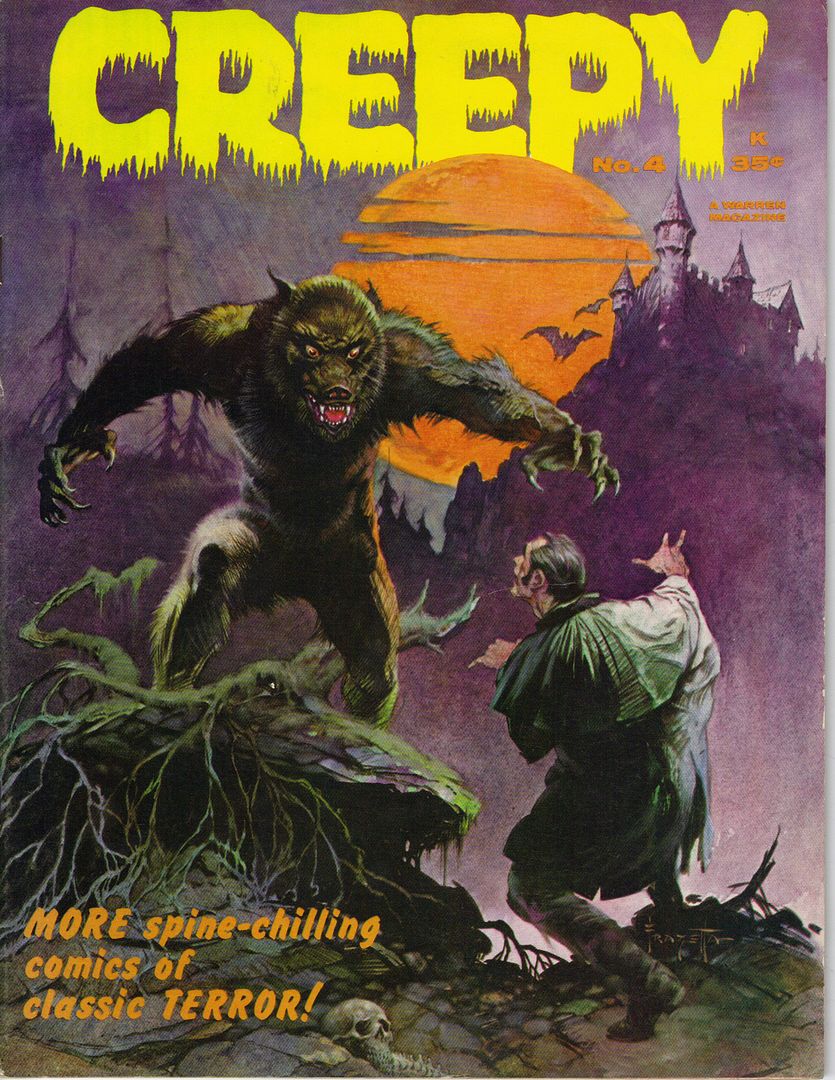
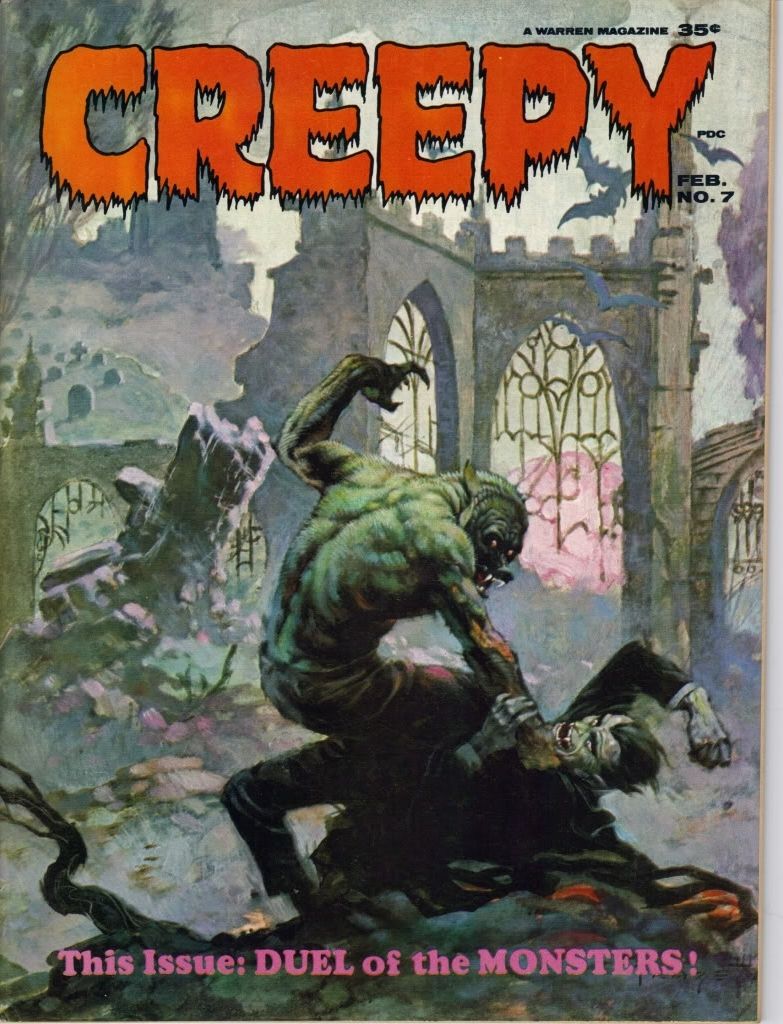

_Creepy_56.png)

-
- Popular Post
- Popular Post
-
Plenty of wildcats in these magazines!



-
If you collect something, anything(!), it's very probably somewhere on this list of collector's items not worth keeping:

-
Bill Everett? Cool!

-
A great cover and with nice doggies too!
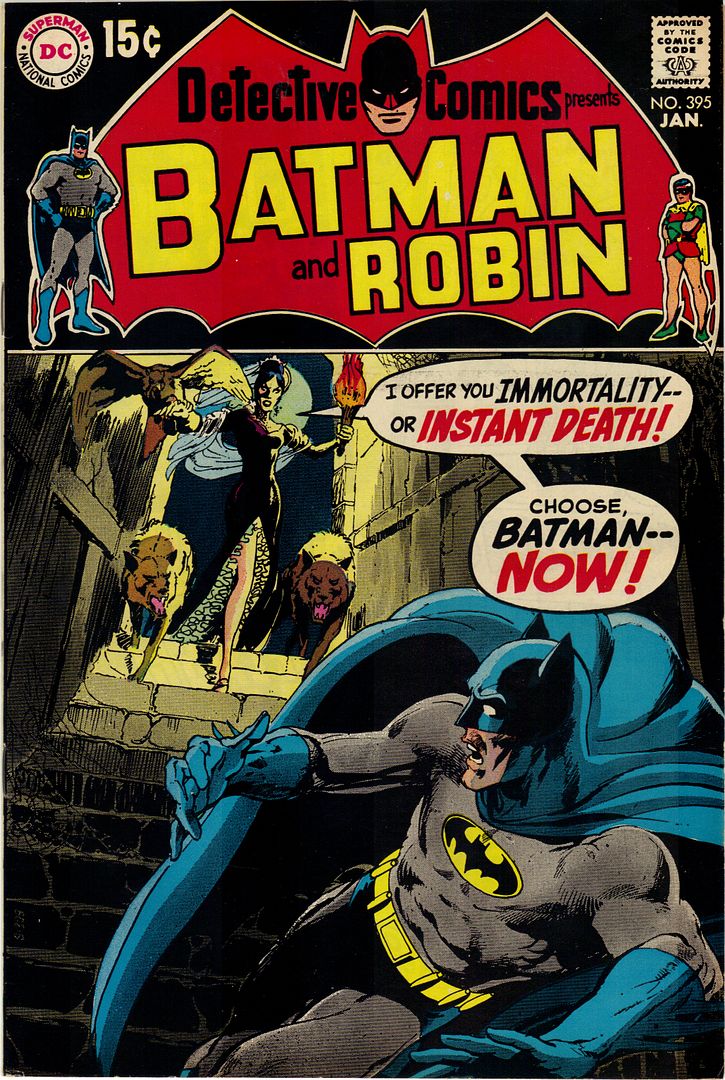

-
On 6/4/2024 at 11:03 AM, Funnybooks said:
vote with your wallet
I agree. CGC charges what the market will bear. Nobody is forcing you to buy their product/service so you can always just say "No!" if you don't like their price. Many savvy collectors have been doing precisely that.

- Funnybooks and FoggyNelson
-
 2
2
-
-
To another Kid rendered by Joe Maneely:
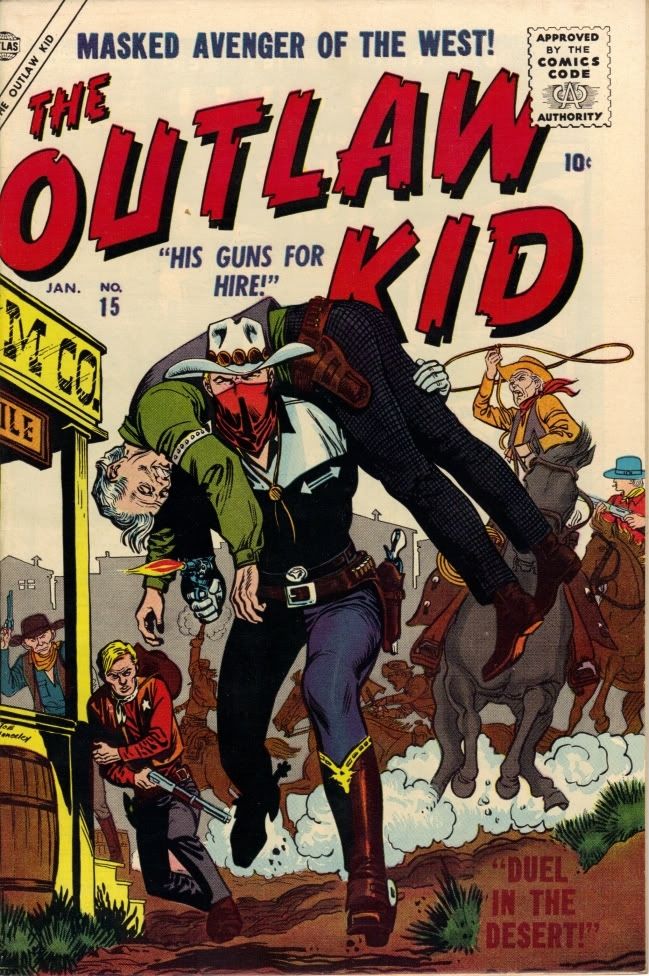

-
Another great Harvey war title:
_Fighting_Fronts_1.png)
_Fighting_Fronts_2.png)
_Fighting_Fronts_3.png)
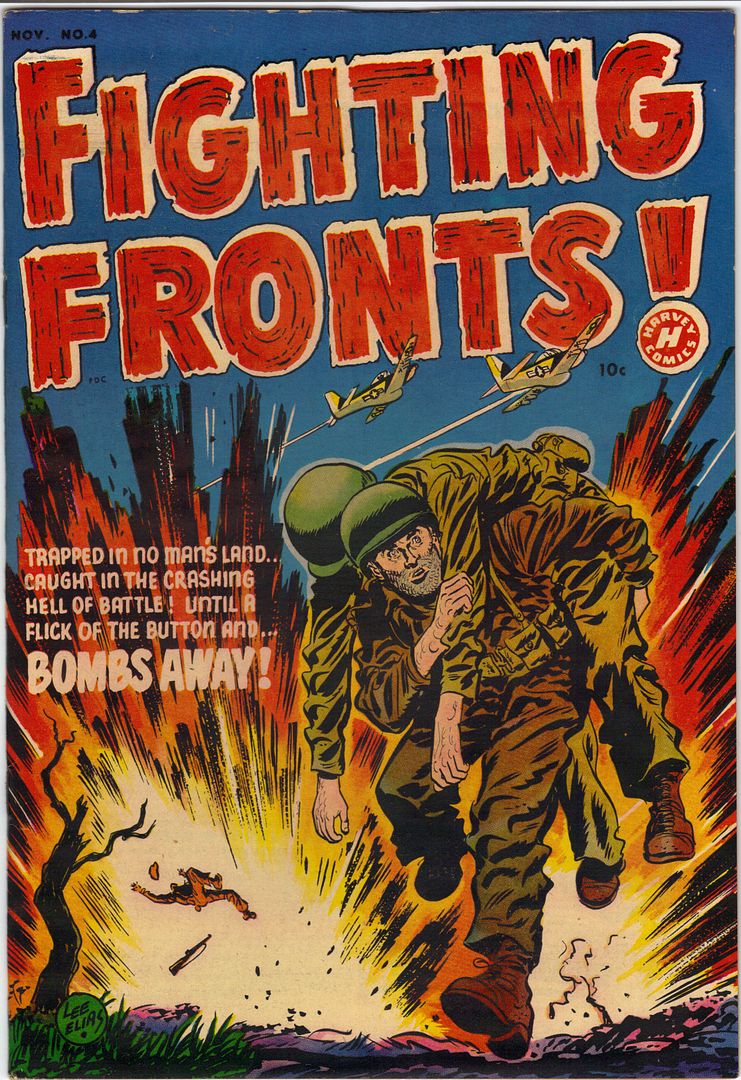

-
Any and every Economics textbook demonstrates how the intersection of supply and demand determines price.

-
- Popular Post
- Popular Post
Walter Lantz!
122
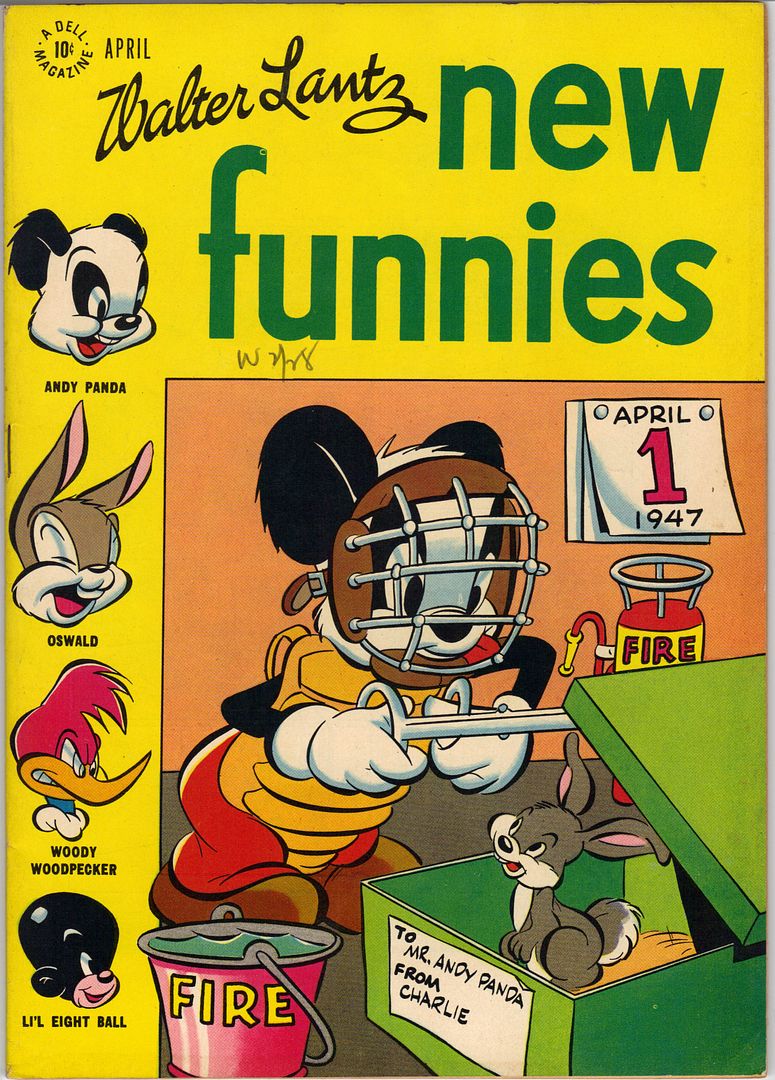
215

237


-
On 6/8/2024 at 1:21 AM, Cman429 said:
Applying logic to the comic book “business” seldom will work out for you or anyone. Scarcity should dictate value. Period. Just like with precious metals or coins or stamps. But for what ever reason(s), it doesn’t translate to comic books. 90s comics had print runs of literally half million plus yet you’ll still see people plunk down $1k for ASM300 or NM98. Stan Lee did dozens of cons per year for almost 30 years and didn’t stop until his despicable handlers couldn’t push him out in front of people anymore. Yet people will act like a signed Stan Lee book is a rare and precious artifact.
So, yes, logic would be if you viewed comics as a commodity the ones from 50-75 years ago that managed to survive are the “valuable” items but it just never seems to follow in the real world.
On 6/8/2024 at 11:55 AM, shadroch said:Scarcity is essential, but demand is the key. If no one wants something, it doesn't matter how rare or common it might be. Stan Lee autographs are valued because people want them.
On 6/8/2024 at 12:21 PM, Robot Man said:Exactly. Demand is everything. Why else would people pay the prices they do for ASM 300?
Scarcity matters little if no one wants it.
Prices for anything including comics are a function of supply-and-demand. What's made the equation different for comics in comparison to stamps or coins is that certain individual comics, titles and genres are far more popular with comic fans/collectors and thus in much higher demand than are others. For example the horror and Marvel superhero genres are far more popular than most other genres. In contrast demand for any country's individual stamps doesn't vary that much across these individual stamps. A collector typically wants them all so scarcity is therefore the primary determinant of price for stamps.
But there's another factor that's become a major determinant of comic mag prices. Because comic prices have risen in the marketplace, they've attracted the attention of investors/speculators whose interest is profits not comics per se. This has added enormously to the demand for comic mags and has thus pushed their prices up exponentially. This has fed on itself as many/most comic investors have taken past price increases as the rationale for future price increases and thus extrapolated past price increases on into the future. In the investment world this type of technical investing is called trend following, i.e. "the trend is your friend".
But statistically nothing can grow to the sky. Such "follow the crowd" behaviour creates a bubble which eventually bursts when prices "hesitate" for whatever reason. (Read the investment literature on price bubbles throughout history including the Great Tulip Bulb Bubble.) When all the trend followers decide the game is up and try to get out (dump their "investment") at the same time, the quantity supplied to the market is enormous and the price crash is cataclysmic.
But the speculation in comics has not been evenly distributed across the board. It's not much impacted those titles collected by relatively few comic enthusiasts, e.g. Patsy and Hedy, Homer the Happy Ghost, Andy Panda, Jughead, Atomic Mouse, A Date with Judy, Flippity and Flop, Fox and the Crow, Submarine Attack, Hot Rod Racers, etc, etc.
Thankfully there's a quick and easy way to determine which comics have seen the greatest influx of speculative demand and are thus most vulnerable to a price crash without the necessity of painstakingly tracking and comparing prices over the decades. The comics for which there has been the most speculative investment demand have also been the ones most often slabbed to make them fungible, i.e. a commodity that can be exchanged for an identical commodity. So check the census data if you want a quick proxy for the comics whose prices have been most inflated by speculative demand. The comics with the largest census numbers are the ones most vulnerable to a cataclysmic drop in price.

- Coverdeath and Nick Furious
-
 2
2





_Batman_100_Page_Super_Spectacular.png)
_(edited)_Batman_100_Page_Super_Spectacular.png)

_Drag_Cartoons_2.png)
_(edited)_Drag_Cartoons_2_McFlathead.png)
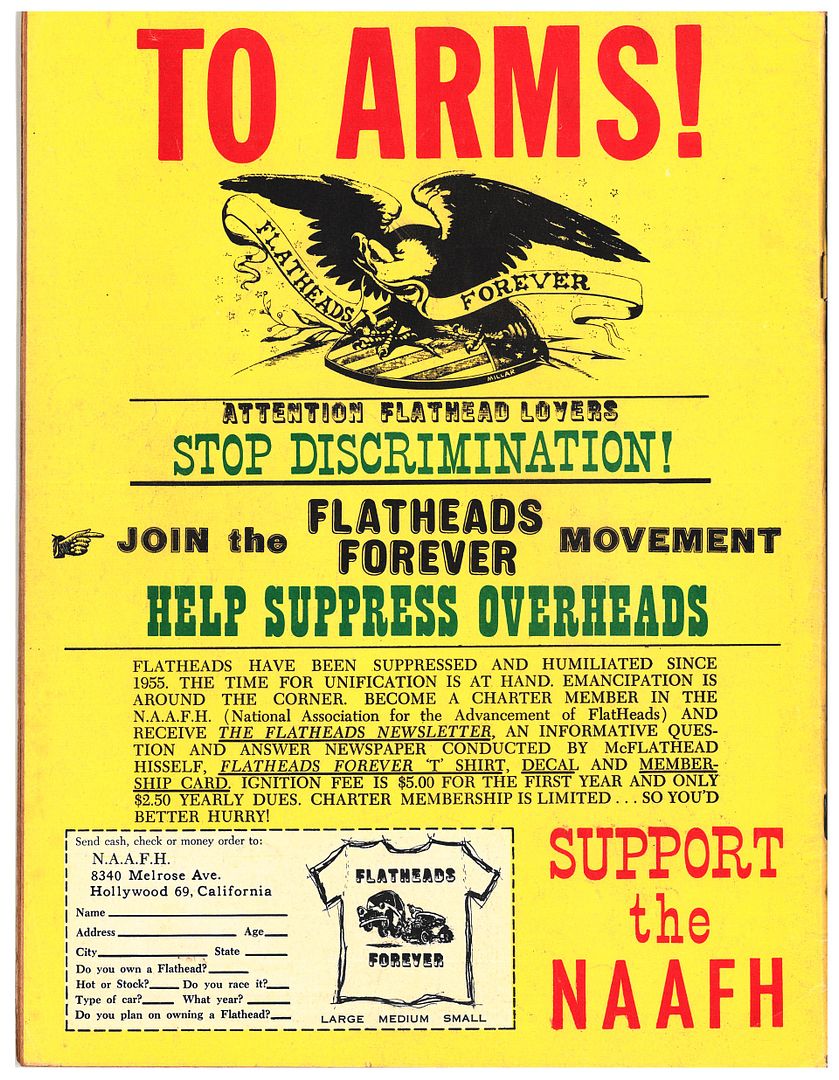
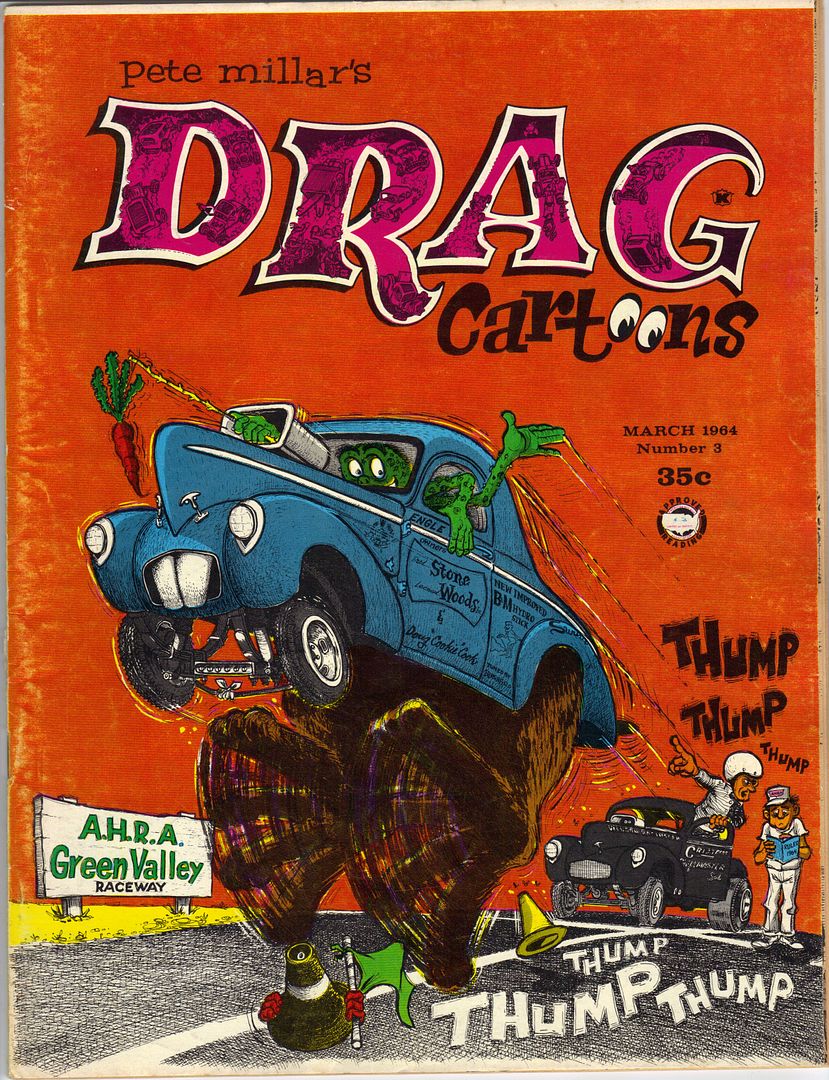
_Drag_Cartoons_3.png)
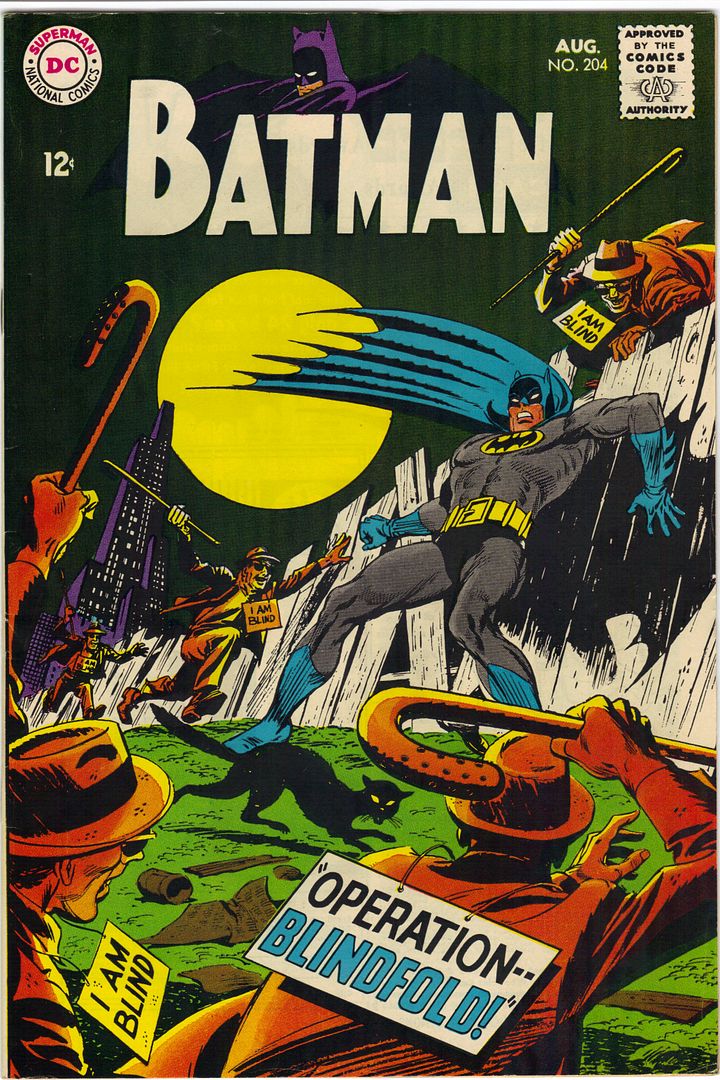
SA Atom Collecting Thread
in Silver Age Comic Books
Posted · Edited by Hepcat
Five more of my Atom comics:
Northland copy